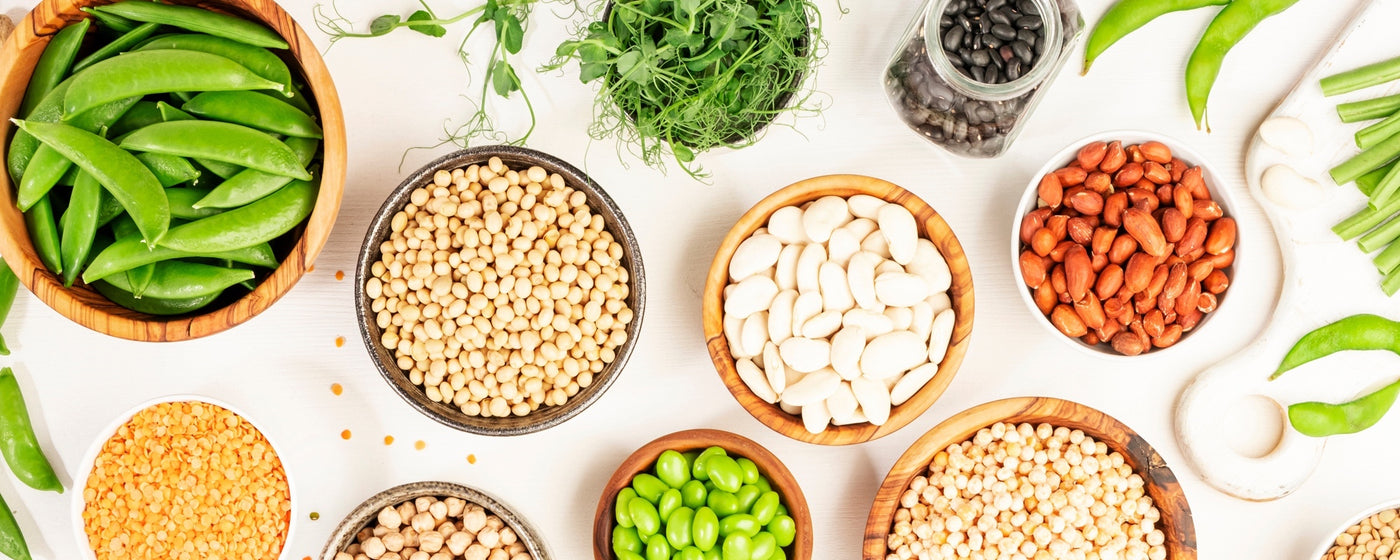Cover crops should be planted around late September or early October so they have a chance to get established before the weather becomes very cold.
The use of cover crops is growing in popularity with home gardeners, especially rye grass, hairy vetch, or these other varieties. If planted thickly, cover crops provide many of the benefits of mulch. Hairy vetch is a legume (it takes nitrogen out of the air and makes it available for plant growth), and it enriches the soil in a way that mulch does not.
Here are the most popular cover crops available:
Buckwheat:Especially valuable for its release of phosphorus, buckwheat also contributes a significant amount of organic matter. Very competitive with weeds, good for breaking up the soil. Can grow two crops in the north.
Bees love Buckwheat! Good bugs love buckwheat!
Seed when ground is well warmed and after last spring frost; it has no frost tolerance. When June planted, in 35 days it is waist high, in bloom and ready to plow under. Good to follow with a fall crops of rye and Austrian winter pea. Just rake in some seed after harvesting an annual crop and buckwheat will keep out the weeds and look great doing it. Green Lacewing adults will feast on the nectar then deposit their "aphid lion" eggs on nearby garden crops.
Order Buckwheat Seeds Now > |
 |
Fall & Winter Rye:Very hardy, valued for its ability to break up hard pan soils with a profusion of roots and root hairs. Suppresses weeds, adaptable to a wide range of soil and climate conditions. Can plant from early spring until the ground freezes as a winter cover crop. Plant in fall with winter peas for nitrogen, organic matter and weed suppression. Planting rate: 3lbs per 1,000 sq ft. |
 |
Yellow Clover:Tremendous green manure and bee pasture. Vigorous grower with long tap roots to help break up compact soil. Can produce up to 125 lb. of nitrogen per acre. Sow in the spring or summer. Planting rate: 1/2 lb per 1,000 sq ft. |
 |
Crimson Clover:Planted spring, summer or fall, this quick growing clover is the most versatile variety for a green manure to enrich soil. Needs good moisture. Flowers are used for tea. Excellent forage and cover crop. Planting rate: ½ lb. per 1,000 sq. ft. |
 |
White Dutch Clover:Perennial. A low-growing perennial clover that forms a nice mat perfect for pathways between beds. It competes well against quckgrass and, although the plants grow over into the beds, they can easily be pulled back with a rake before mowing. As a green manure/cover crop, it fixes nitrogen and since it's perennial, can be plowed in at any time. Pre-inoculated seed. Plant in early spring: April-May. Planting rate: ½ lb per 1,000 sq. ft.; 8-10 lbs per acre for dry land, 10-12 lbs per acre for irrigated land. |
 |
Hairy Vetch:Valuable soil-improvement crop. Vigorous legume produces huge amounts of nitrogen-rich biomass for turning under. Can be planted in the spring through late summer. Late summer (late August early September) planted vetch will winter over, growing vigorously the following spring. Can be mixed with oats or rye for maximum weed competition. Hardy; will also sprout in the spring if planted before the ground freezes in November (like winter rye). Demands fairly fertile soil and adequate rainfall as is shallow-rooted. Livestock caution: Seeds are poisonous. Planting rate: 1 lb per 1,000 sq ft. |
 |
As the weather becomes consistently cold, you can work at preparing your garden for winter. There are several aspects to winter garden preparation you should pay attention to.
- cleaning and putting away tools,
- use of mulch and/or planting of cover crops, and
- planting of certain crops that will survive the winter and grow early in the spring (view a list of cold hardy plants).
Putting away hoses, sprinklers, and other tools should take relatively little time. Hoses and sprinklers always have some water in them, and when it freezes and expands, it can damage these tools. For this reason, hoses and sprinklers should ideally go in a place where they will not freeze. If this is not possible, put them in any sheltered place.
Now is also a good time to clean the soil off tools like spades, hoes, and rakes and put them in any sheltered place – cold alone won’t hurt these tools, but exposure to wind, rain, and snow will damage the handles and loosen the heads.
Dry off any floating row covers you may have used, fold them up, and put them away in a sheltered place. Gather up any wooden stakes and other wooden structures you have built and stack them under shelter to reduce rotting. Tomato cages and metal stakes should be pulled out of the soil but left outside – the exposure to the elements will help kill any disease-causing organisms that may be on them.

Whether you choose to mulch or plant a cover crop throughout your garden after your vegetables are gone is up to you (as a third option, many gardeners choose to do nothing at all, but just leave the garden exposed over the winter). A cover crop is a crop planted primarily to manage soil erosion, soil fertility, soil quality, water, weeds, pests, diseases, biodiversity and wildlife in an agroecosystem.
Cover crops are of interest in sustainable agriculture as many of them improve the sustainability of agroecosystem attributes and may also indirectly improve qualities of neighboring natural ecosystems. Use of mulch is recommended – you could cover your whole garden with as much as 15 cm (6 in) of mulch in the form of newspaper, straw, or leaves, possibly putting compost, manure, or another soil amendment underneath the mulch.






































